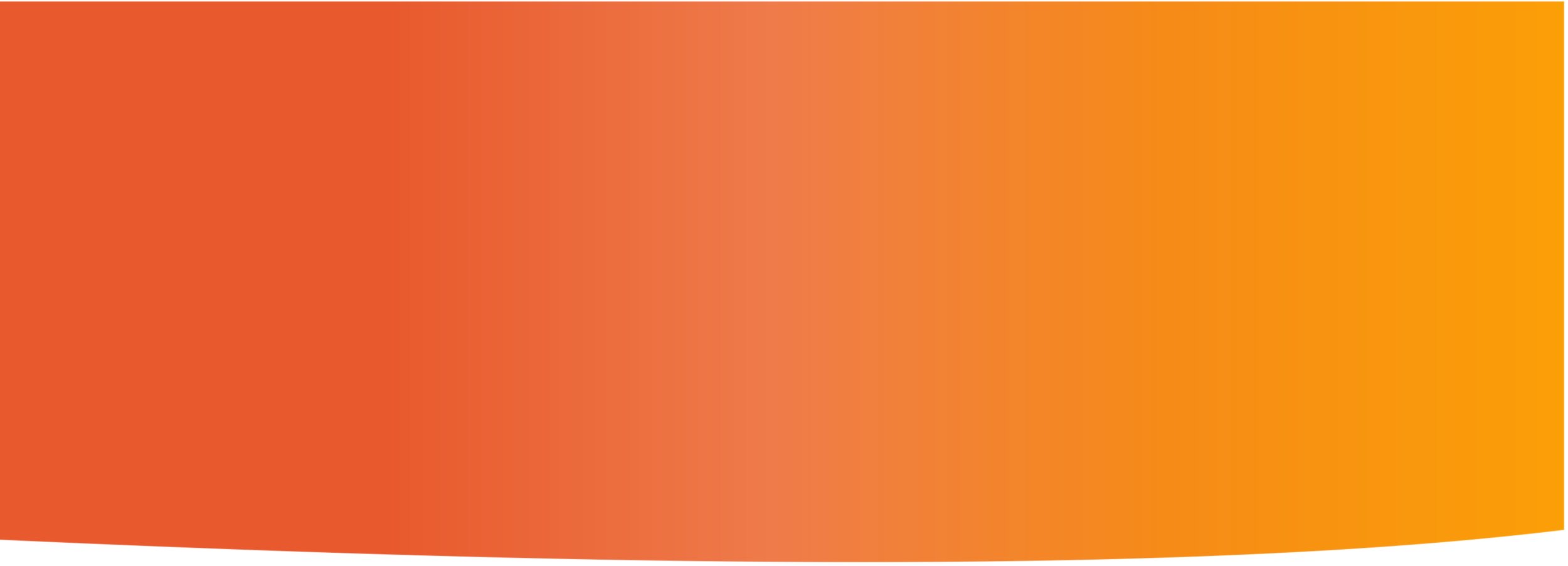
Our Partners
Creating A Shared Vision
How Perennial used Feedback to Improve Board Engagement
Perennial is a small arts and sustainability organization in St. Louis, Missouri with a mission to reduce waste by teaching people creative ways to reuse salvaged goods. At their workshop, they offer classes in woodworking, stained glass, and more, which have helped them divert more than 10,000 pounds of material from landfills each year.
The Executive Director and the Board Vice President joined a SEE learning cohort with the hopes of improving board member engagement. They wondered whether they were asking too much of their board members, or conversely, whether they were underutilizing their skills. They wanted to craft a mutually beneficial experience for the organization and the talented individuals willing to volunteer their time and expertise.
Where to Start?
Perennial had a lot of ideas from the outset about how to increase board engagement: improve onboarding, create new recruitment strategies, and revise expectations—just to name a few. As the team became more familiar with the SEE framework, the list of opportunities and potential interventions grew even more, and they wrestled with what to prioritize.
Then Perennial’s SEE coach, Katherine Hollins, helpfully pointed out that they may be taking on too much change at once. They were considering up to six improvements that would require significant strategy and buy-in. That’s when they began to see the real benefit of small experiments: giving people the freedom to try out an idea and learn from it, before over-committing to one solution.
Building a Shared Mental Model: The Survey
Sifting through many possible directions, the team agreed to start by attempting to build a shared mental model of the current board’s skills and passions. They realized they needed to gauge what their board members understood so that they could work together to create a more effective work environment. So, recognizing the need for broader input and participation, they began by creating a brief, ten-question digital survey that members could fill out on their own time. The executive team crafted specific questions that would lead to more useful, concrete feedback than the previously used open-ended ones. Additionally, this approach allowed board members to reflect on the questions and answer at their own pace, without feeling put on the spot.
With Perennial’s annual board retreat already scheduled for later in the summer, their small experiment also gave them the opportunity to identify board priorities that would inform the retreat agenda. They suspected that the questions would prepare the group for more meaningful discussions during the retreat too.
The Results
Perennial saw encouraging results on their first pass. After sending some email and text reminders, they reached 90% participation ahead of the retreat, giving the leadership a solid foundation from which to build the agenda. Previous pre-retreat work involved more passive, tedious preparation that didn’t engage board members equally. However, with only 15 minutes of survey work ahead of this retreat, board members came ready to engage.
The survey almost unanimously revealed that each member was passionate about the organization and excited to share their skills. But, they were seeking more clarity on how to contribute, what to prioritize, and what exactly was expected of them.
By having all members respond to the same set of questions, the group had developed a shared model of what the retreat needed to build on. This led to better, more productive in-the-moment conversations and connections between members.
Plus, board members were able to reflect on their current capacity and give an honest audit of their available time for Perennial activities, as well as consider what they deemed meaningful. During the retreat, some board members took on new tasks while others asked for help, recognizing that their time was limited.
Next Steps
The survey uncovered many underutilized skills and talents among the board members, which provided a direction for the next step of their small experiment.
The wide inventory of knowledge represented within the group covered topics spanning the environment, Governance Measurements (ESG), branding, and community development. Members wanted to learn from each other, and those with expertise were excited to share it. The board decided to try up-skill sessions at upcoming meetings, where expertise was shared via short presentations and facilitating discussions or activities.
The up-skill sessions offer many benefits:
Giving members more opportunities to meaningfully contribute by sharing their expertise
Recognizing individual member’s skills in a more specific way
Providing additional professional development
Creating shared models of understanding around terms and concepts that could be applied in Perennial’s work
Perennial has seen even more positive impacts on the Board following the summer retreat and survey work, including more autonomous consensus building and more communication and action between meetings. Members have also more clearly outlined when they plan to transition off the board. With the increased clarity brought to both Perennial’s leadership and board from a crafting a simple survey, everyone feels better equipped to launch their next recruitment campaign.
The biggest lesson learned from their small experiment? When people feel that their contributions are meaningful, they are more excited to engage, turning requests for help and input from something burdensome into a welcome invitation.
Join A SEE Cohort
Interested to learn more about our SEE Learning Cohorts? Contact ambassadors@redirect.org. Or, to learn more about our approach, reach out to hello@redirect.org.


